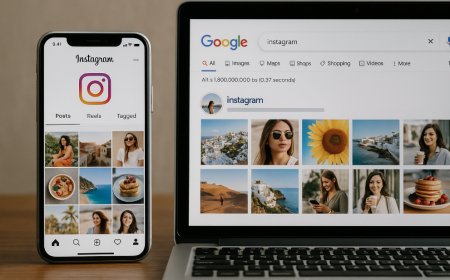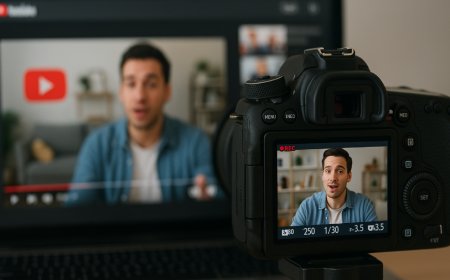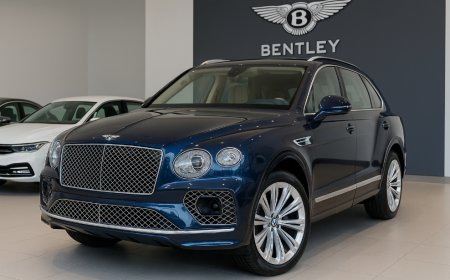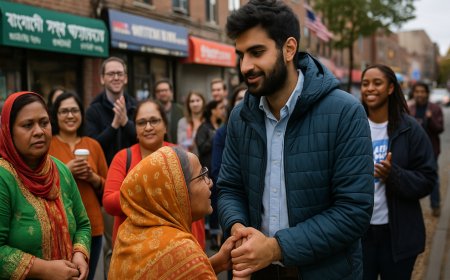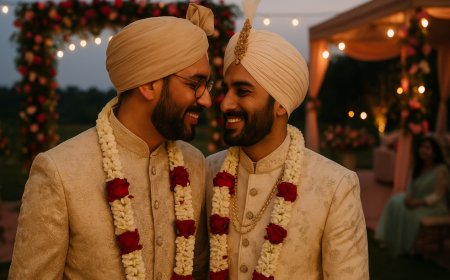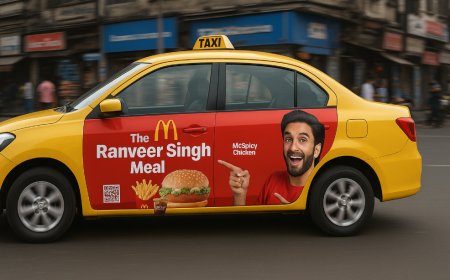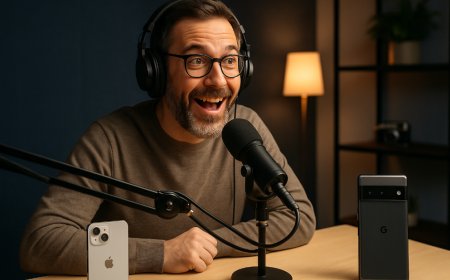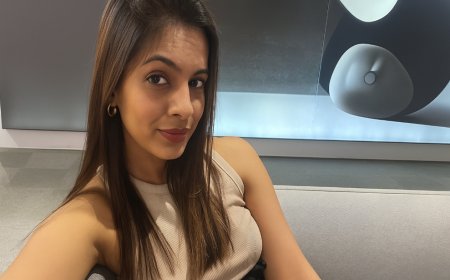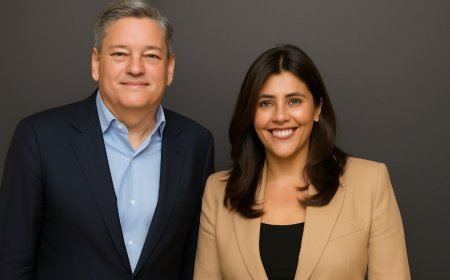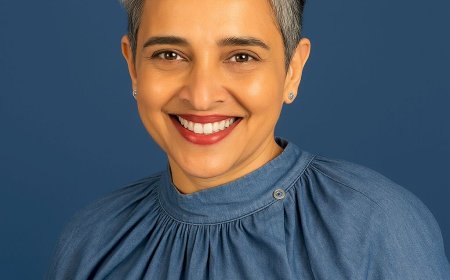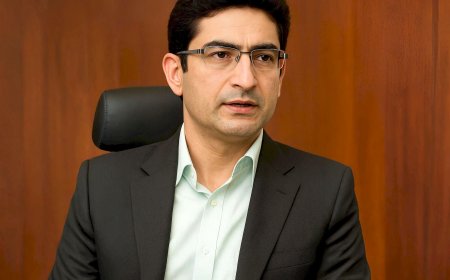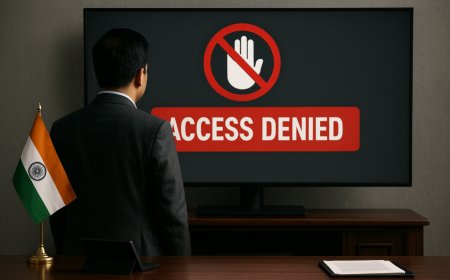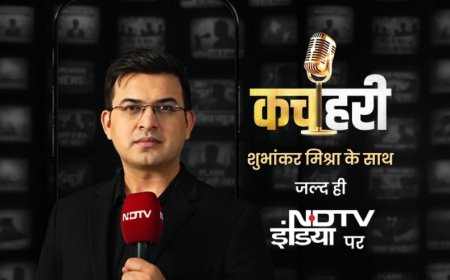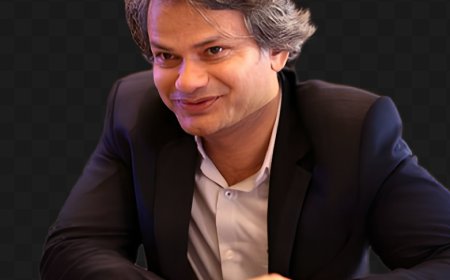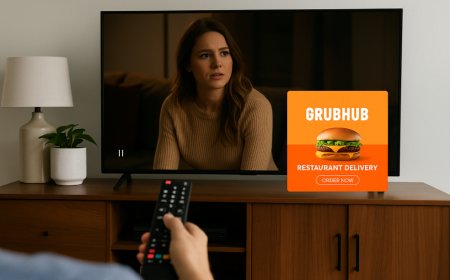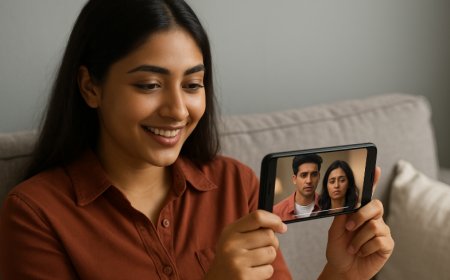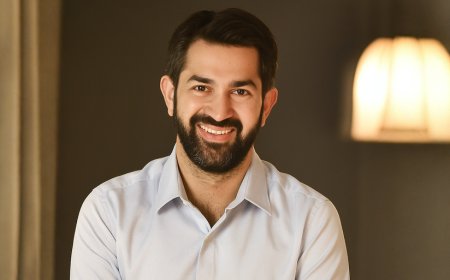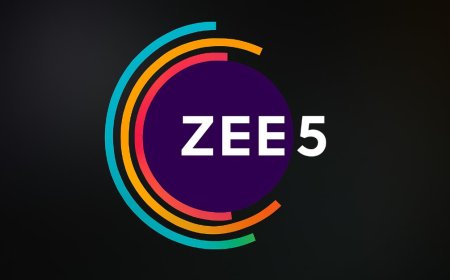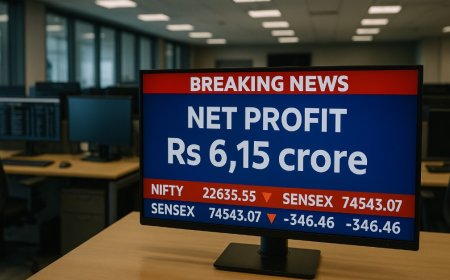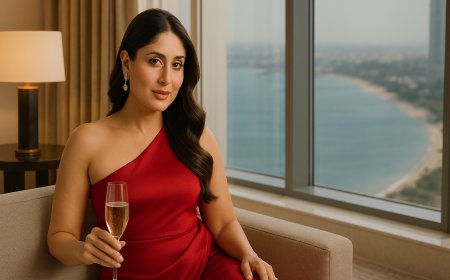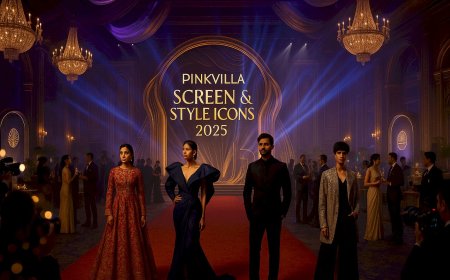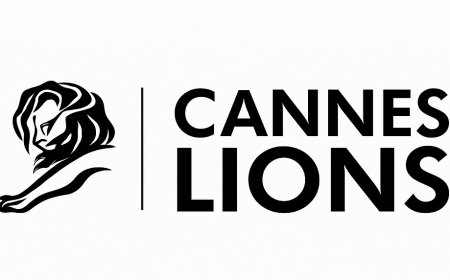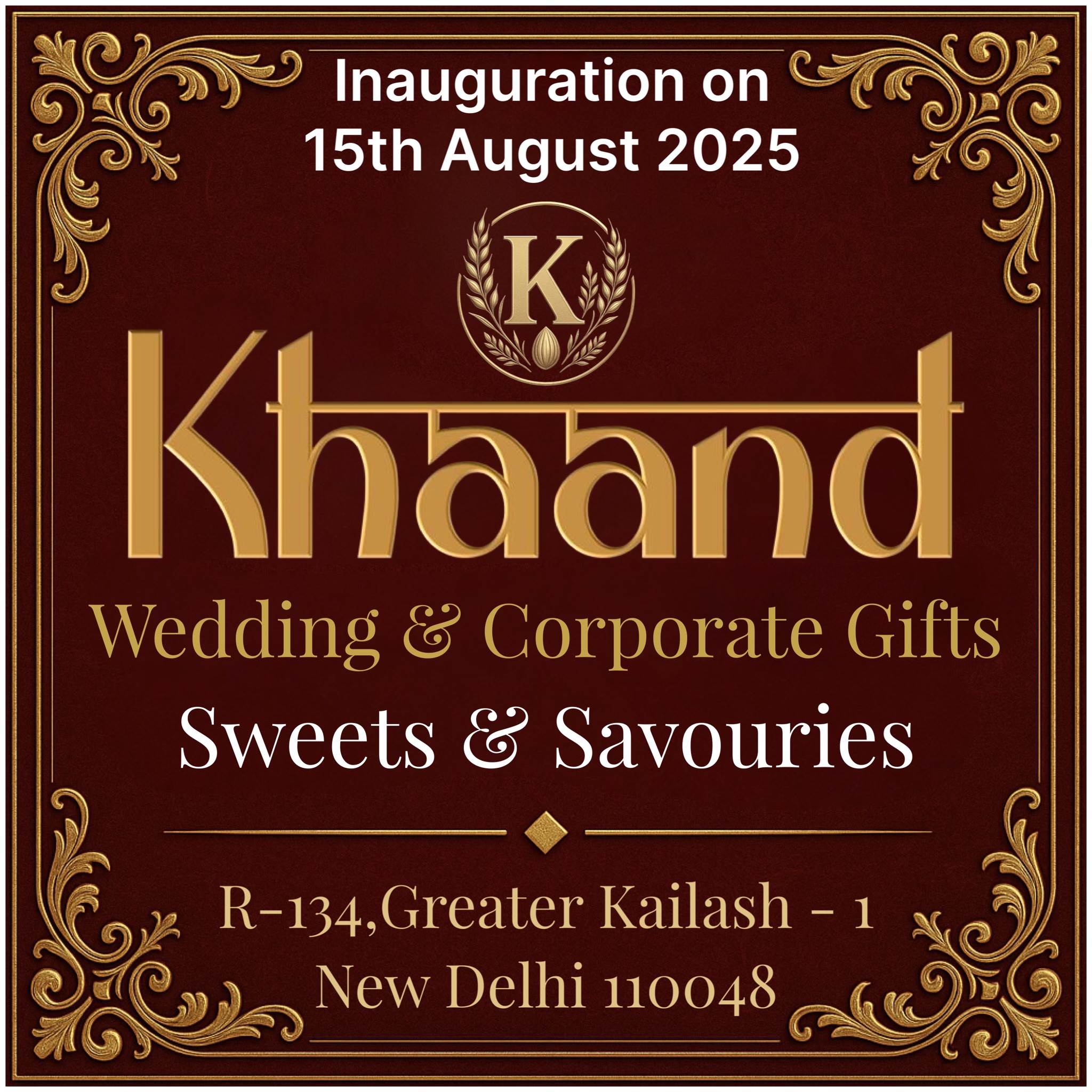Why Kay Beauty Outshone 82°E: Experts Say the Difference Goes Beyond Skin-Deep
While both celebrity beauty brands made waves, Kay Beauty has gained more traction and long-term consumer trust compared to 82°E. Experts reveal that the success goes far beyond marketing — it lies in emotional connection, inclusivity, and authenticity.
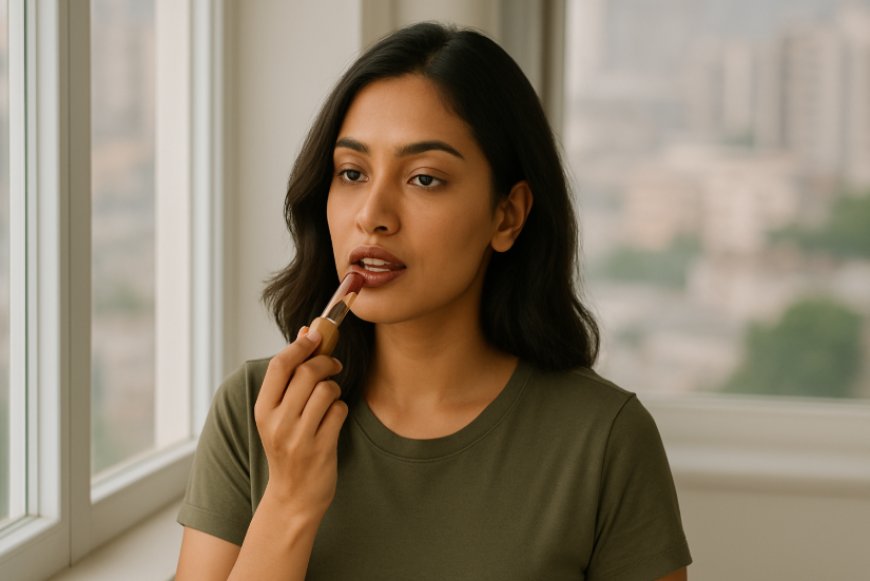
Introduction: Two Brands, One Market — Different Outcomes
The Indian beauty landscape has seen a surge of celebrity-driven brands, with Kay Beauty by Katrina Kaif and 82°E by Deepika Padukone leading the pack. Both launched with star power, strong branding, and premium positioning. But as the dust settles, Kay Beauty seems to have taken the lead — not just in product adoption but in customer loyalty and retail visibility.
Industry experts believe the difference is more than just packaging or endorsements. It’s rooted in how the brands connect with Indian consumers on a deeper, more emotional level.
Kay Beauty: Built on Inclusivity and Everyday Glam
From day one, Kay Beauty positioned itself as a brand for everyone — regardless of skin tone, background, or makeup experience. Katrina Kaif didn’t just lend her face to the brand — she actively participated in product development, branding, and marketing narratives.
With campaigns that celebrated “It’s Kay to Be You,” the brand emphasized self-expression, real skin, and everyday confidence, appealing to both makeup newbies and enthusiasts.
Key strengths:
-
Wide shade range for Indian skin tones
-
Affordable pricing for a premium feel
-
Available across online and offline retail
-
Backed by Nykaa, which gave it strong distribution
82°E: Premium, Purposeful — But Niche
In contrast, 82°E, Deepika Padukone’s self-care brand, took a minimalist, luxury approach. Rooted in wellness and clean beauty, the brand focused more on skincare rituals, mindfulness, and a calm aesthetic — targeting a wellness-first, high-spending audience.
While 82°E carved a niche in the conscious beauty category, experts note that it struggled to scale mass appeal. Its positioning, while premium, lacked the emotional relatability that Kay Beauty achieved.
Key highlights of 82°E:
-
Strong storytelling around personal wellness
-
Skincare-focused lineup with Ayurvedic inspiration
-
Limited retail presence
-
Premium pricing, best suited for urban elites
What Experts Are Saying
1. Emotional Connect Wins
“Kay Beauty didn’t just sell products — it sold empowerment,” says a beauty marketing consultant. “It was accessible, relatable, and aspirational all at once.”
2. Retail Strategy Matters
Kay Beauty’s offline expansion through Nykaa outlets allowed more customers to touch, try, and trust. 82°E has been primarily D2C, which limited its experiential reach.
3. Affordability Affects Loyalty
In India’s competitive market, price plays a big role. While 82°E appeals to luxury buyers, Kay Beauty managed to strike a balance between cost and quality, bringing more repeat customers into the fold.
Beyond Skin-Deep: The Cultural Angle
Kay Beauty also tapped into cultural nuances — showcasing regional models, embracing deeper skin tones, and celebrating makeup as identity, not just enhancement. In a country where beauty ideals are shifting rapidly, this inclusiveness gave Kay Beauty a progressive edge.
Conclusion: A Case of Brand Soul Over Star Power
Both Kay Beauty and 82°E reflect the evolving Indian beauty consumer — informed, experimental, and proud of individuality. But in the long run, brands that build community, not just commerce, will thrive.
What's Your Reaction?
 Like
0
Like
0
 Dislike
0
Dislike
0
 Love
0
Love
0
 Funny
0
Funny
0
 Angry
0
Angry
0
 Sad
0
Sad
0
 Wow
0
Wow
0
